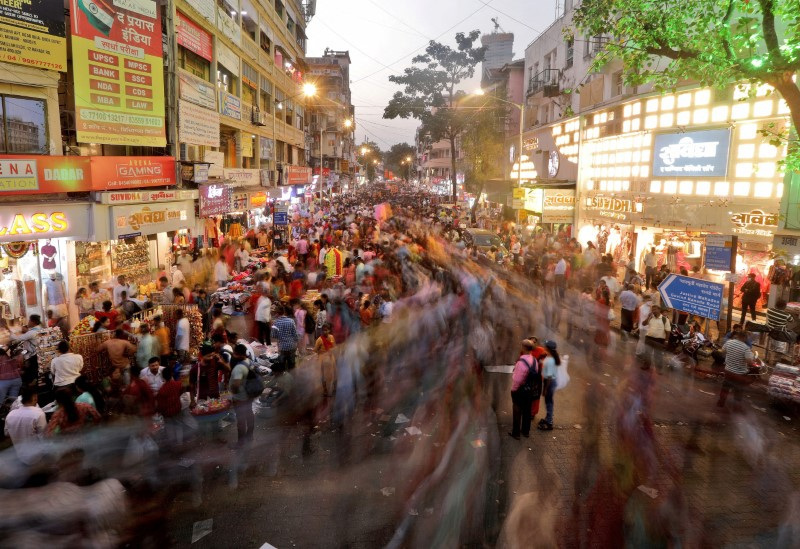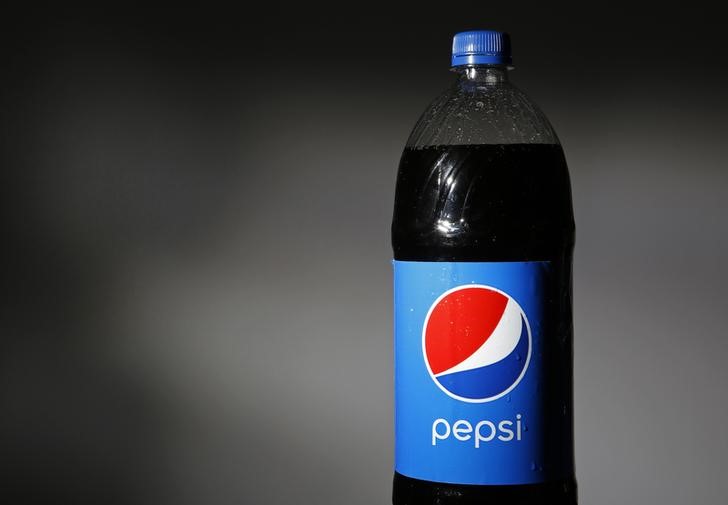By Ananya Mariam Rajesh
(Reuters) – India has become the next big bet for PepsiCo (NASDAQ:), Unilever (LON:) and other packaged goods giants looking to fill the growth vacuum left by China’s uneven recovery.
With India’s economy growing at the fastest pace in key emerging markets, companies are trying to cater to the diverse palette by launching new flavors and size variants, aimed at attracting the country’s huge population and untapped rural market.
“While companies focused on sales to China over the past decade, the next decade will be about sales to India,” said Brian Jacobsen, chief economist at Annex Wealth Management.
“You have to go where the demographic and economic tailwinds are at your back.”
Major consumer goods companies based in India, the world’s most populous country, expect higher government spending, a better monsoon season and a revival in private consumption to help consumer spending recover in the coming quarters.
This is expected to increase the combined market share of the five largest multinational companies – Coca-Cola (NYSE:), P&G, PepsiCo, Unilever and Reckitt – from 19.27% in 2022 to 20.53% in 2023, especially in the baby care, consumer and consumer sectors. health, cosmetics, beverage and household categories, according to research firm GlobalData.
Their overall market share in China is expected to shrink from 4.37% in 2022 to 4.30% in 2023, the data shows.
“China has gone through a long and protracted COVID-19 crisis… they even went through a short period of negative growth, and then growth has been very slow. In comparison, the growth rate in India, which is hovering around 4%, appears to be healthy growth for the overall fast-moving consumer products,” said K Ramakrishnan, Managing Director, South Asia, at Kantar’s Worldpanel Division.
Both urban and rural segments in India have seen growth, but rural areas have fared slightly better, he said.
Consumer goods companies have also pumped money into India with launches like PepsiCo’s Kurkure Chaat Fills, Coca-Cola’s packaging upgrades to extend the shelf life of its products and Nestle’s plans to introduce its premium coffee brand Nespresso by the end of the year.
As a result, Coca-Cola’s household penetration in India increased by 24% for the 12 months ended June, PepsiCo’s by 12.7%, Nestle’s by 6.7% and Reckitt’s by about 3.8% , according to data from Kantar.
Mondelez (NASDAQ:) International has partnered with cookie brand Lotus Biscoff to sell its products, and plans to launch new Oreo packaging this month. The company reported mid-single-digit percentage growth in the chocolate category in India in the second quarter.
Coca-Cola also posted double-digit volume growth in India, while Unilever recorded consecutive improvements in the country. PepsiCo’s Africa, Middle East and South Asia regions reported an increase, with the company expecting India to be the “big growth space” there.
The results contrast with moderate volume growth in the region last year for most of these companies.
On the other hand, China has weak demand.
KitKat maker Nestle reported a decline in overall sales in the Greater China region in the latest quarter and said overall economic and consumer confidence there was “markedly weaker than expected”.

“China has always been considered the darling of growth for investors, but as we’ve seen, the boom there is already dead,” said Don Nesbitt, senior portfolio manager at F/m Investments.
(This story has been refiled to correct a typographical error in paragraph 2)


